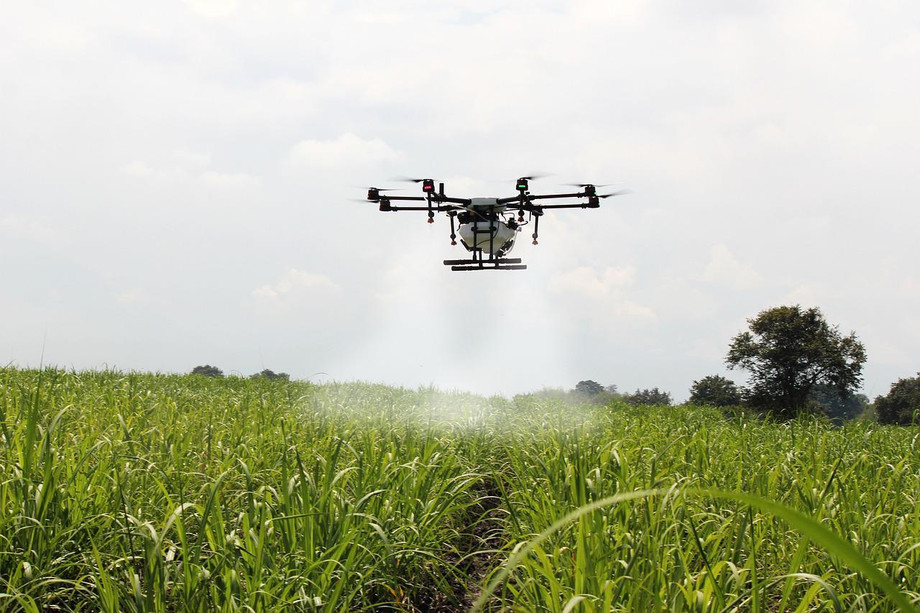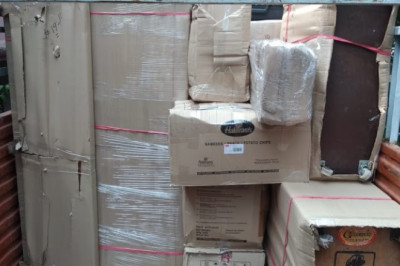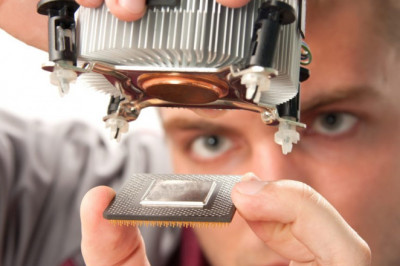740
views
views

The smart agriculture industry is continually expanding, with new solutions being introduced to the market. Devices that relay critical information to farmers and ranchers, aggregate sensor data, and optimize vast agricultural processes are constantly increasing in capability and importance. Some of the key sensors used in the agricultural practices include:
The primary source of livelihood for most of the global population is agriculture. Agriculture is also the main source of national income for most developing countries; hence the need for optimized farming techniques has been on the rise. In addition, as an impact of COVID-19, the requirement for digitization in every field has been a primary demand, with the agriculture sector being no exception.
This scenario has popularized the concept of smart agriculture and has propelled the demand for various digitized farming devices. Smart sensors have emerged as the high-rated device catering to diverse farming applications such as detecting soil quality, climatic conditions, irrigation requirements, to name a few. The effect of sensor deployment has ranged from fine scales on a process of a plant cell to large scales such as the remote sensing survey of grassland, forests, agriculture at a global level.
The global agricultural sensors market is expected to contribute to increased global food production as there is no dependence on arable land and climatic conditions, and year-round crop production can be achieved through these alternative farming techniques. With these techniques, a shift toward indoor growing and vertical farming is achievable, which is a big opportunity for the global agricultural sensors market.
A challenge for the growth of the agricultural sensors market is the high initial investment for achieving a medium and large-scale commercial setup. This is considered a major hindrance in adopting these alternative farming techniques, especially in developing countries. Along with the high initial cost, awareness about alternative farming techniques is somewhat limited in countries where agricultural production is low, such as countries in the Middle East region.
Impact of COVID-19 on Global Agricultural Sensors Market
The COVID-19 pandemic has had a significant impact on almost all major industries throughout the world, including the agricultural industry. The pandemic has led to economic instability throughout the world, and the GDP for all countries declined in 2020. The pandemic has interrupted normal life, and these changes have proved to act as a catalyst for technology and innovations in every sector, including agriculture. The pandemic’s potential impact on the adoption of the Internet of Things (IoT) has increased the traction of sensing technology in the agricultural sector.
In recent times, high emphasis has been laid on the adverse effects of conventional agriculture on the environment. Some of these concerns include depletion of natural resources, misuse of synthetic chemical inputs into the soil, and contamination of water resources. To meet the growing global food demand with the increasing population.
In recent years, developers of agricultural machinery have been investing and using a noticeable amount of advanced sensor technologies in their precision farming and environmental monitoring devices, such as soil salinity monitor, soil carbon flux monitoring, portable photosynthesis system, time domain reflectometry, to name a few. Smart sensors are deployed in precision agriculture to derive data that aids farmers in monitoring and optimizing crops and cope up with changing environmental factors.
By positioning sensors, farmers can examine crop health at a micro scale, sustain resources, and reduce harsh environmental impact. The smart sensing technology enables farmers to remotely monitor their fields’ pest population on a real-time basis. This, in turn, helps them to take immediate action to protect their crops, utilizing online cloud services and a dashboard.
The smart agriculture industry is continually expanding, with new solutions being introduced to the market. Devices that relay critical information to farmers and ranchers, aggregate sensor data, and optimize vast agricultural processes are constantly increasing in capability and importance. Some of the key sensors used in the agricultural practices include:
pH Sensors GPS Sensors Agricultural Temperature Sensors Accelerometer Sensors
Patent Analysis
Agriculture is the largest industry in the world. It employs more than 1 billion people and produces more than $1.3 trillion dollars in food every year. There has been a trend in the agricultural industry towards digitization. This is vital in the growth of the agricultural sensors market. One of the major aspects driving the sensors market is the increasing need for effective and sustainable farm management.
North America is one of the leading regions for the growth and development of the agricultural sensors market. The high growth is majorly attributed to the increased adoption of technology-driven procedures, great emphasis on alternative farming techniques, and potential of incorporating high investment equipment in the agricultural industry. The application of sensors has improved the production process and serves as an ideal solution to the region’s demand for food. North America region is expected to lead the global market due to high technological advancement in the region. Also, many leading agricultural sensor providers are operating in the region, such as Surface Optics Corporation, Corning Incorporated, and Headwall Photonics, Inc., to name a few.
Business Challenges
Small scale and medium scale agricultural sensors farm setups in the region are feasible. However, a large-scale commercial farm setup is hindered by the high initial investment. This acts as a challenge for the further growth of the agricultural sensors market in the region.
Key Questions Answered in this Report:
What is the estimated global agricultural sensors market size in terms of revenue for the forecast period 2021-2026, and what is the expected compound annual growth rate (CAGR) during the forecast period 2021-2026?
What are the key trends, market drivers, and opportunities in the market pertaining to agricultural sensors and equipment?
What are the major restraints inhibiting the growth of the global agricultural sensors market?
What kinds of new strategies are being adopted by the existing market players to expand their market position in the industry?
What is the competitive strength of the key players in the agricultural sensors market based on an analysis of their recent developments, product offerings, and regional presence?
How is the competitive benchmarking of the key agricultural sensors and equipment companies in the agriculture market based on the analysis of their market coverage and market potential?
How much revenue each of the segments is expected to record during the forecast period along with the growth percentage, in the following segments:
o Product including equipment (humidity sensor, water sensor, optical sensor, mechanical sensor, electrochemical sensor, and others)
o Application, including water management, soil management, climate management and others
o Region, including North America, the U.K., Europe, Asia-Pacific and Japan, China, the Middle East and Africa, and the Rest-of-the-World
Which type of players and stakeholders are operating in the market ecosystem of agricultural sensors and equipment, and what is their significance in the global market?
Which are the leading consortiums and associations in the global agricultural sensors market, and what are their roles in the market?
How does the regulatory landscape differ in different regions for agricultural sensors and equipment?
Download the free sample of global agricultural sensors market report:













